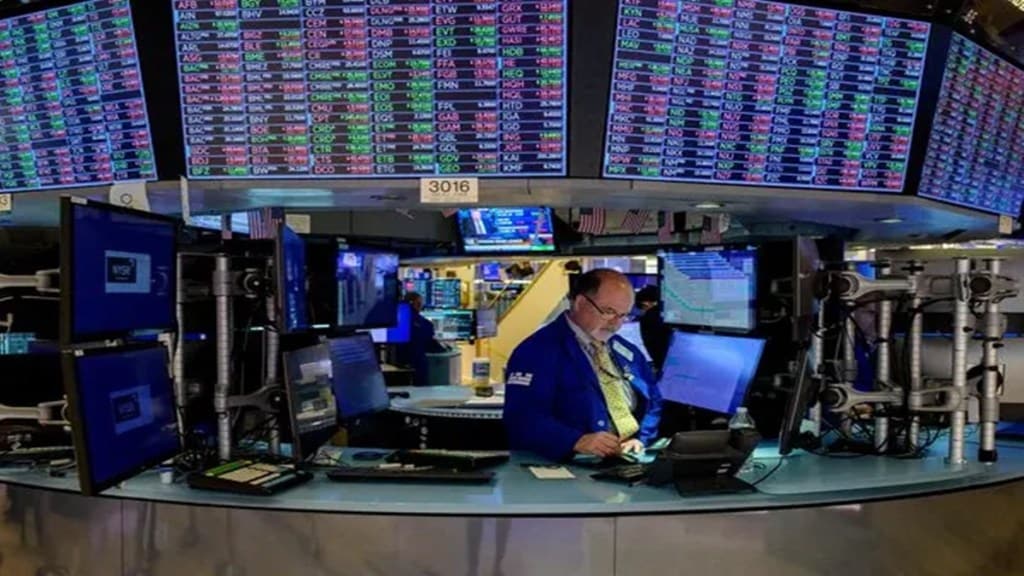By Nigel Green
The recent surge in so-called supercore inflation in the US, which is a more specific gauge of price increases that excludes shelter and rent costs, is raising significant concerns among investors around the world. As one of the Federal Reserve’s preferred measures, the supercore inflation rate has accelerated to a staggering 4.8% year over year in March, marking the highest level in 11 months.
When annualized over the last three months, this figure surpasses 8%, far exceeding the Fed’s 2% target. This development underscores the urgent need for investors to take inflation seriously and adjust their investment strategies accordingly.
Supercore inflation provides a more nuanced view of underlying price pressures by excluding volatile components such as food, energy, shelter, and rent costs. By focusing on core services prices, it offers insights into broader inflation trends beyond temporary fluctuations in specific sectors.
The recent acceleration in supercore inflation highlights the persistent upward pressure on prices, driven primarily by rising costs in essential services.
While Fed officials view elevated housing inflation as temporary, the sustained uptick in supercore inflation suggests deeper-rooted inflationary forces that cannot be dismissed lightly.
Implications for investors
Inflation erodes the purchasing power of fixed-income investments, making inflation-resistant assets such as real estate, commodities, and inflation-linked bonds attractive options for investors.
Real assets like real estate investment trusts (REITs) and infrastructure assets tend to perform well during inflationary periods, providing both income and potential capital appreciation.
Certain sectors historically perform better during inflationary environments. These include consumer staples, healthcare, utilities, and materials. Companies in these sectors often have pricing power and the ability to pass on increased costs to consumers, thereby preserving profit margins.
Commodities are a classic inflation hedge, as their prices tend to rise in response to inflationary pressures. Investors can consider allocating to commodities such as gold, silver, oil, and agricultural products to diversify their portfolios and hedge against inflation risk.
Also, inflation-linked bonds provide protection against inflation by adjusting their principal value in line with changes in the Consumer Price Index (CPI). These securities offer a reliable way for investors to safeguard their purchasing power in inflationary environments.
As ever, global diversification will help investors access markets and sectors that may benefit from inflationary trends.
Emerging markets, in particular, offer attractive opportunities, as they typically have exposure to commodity production and infrastructure development.
In this tricky inflation environment, traditional fixed-income investments may underperform.
Investors should consider reducing their exposure to long-duration bonds and increasing allocations to shorter-duration bonds or floating-rate securities, which are less sensitive to changes in interest rates and inflation.
The surge in supercore inflation underscores the importance of taking inflation seriously as an investment risk factor.
Yet from allocating to inflation-resistant assets and equity sectors to diversifying globally and adjusting fixed-income allocations, investors have a range of options to hedge against inflation risk and preserve their purchasing power over the long term.
(Author is CEO and Founder, deVere Group)


